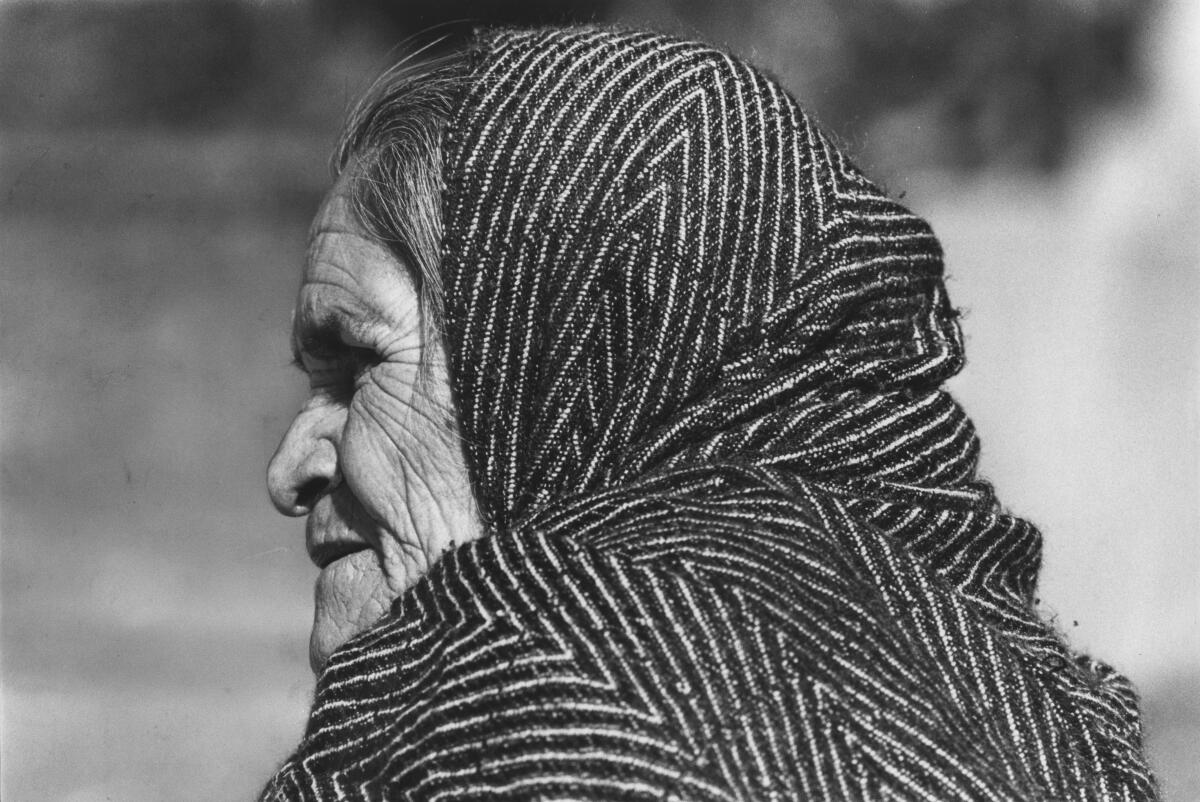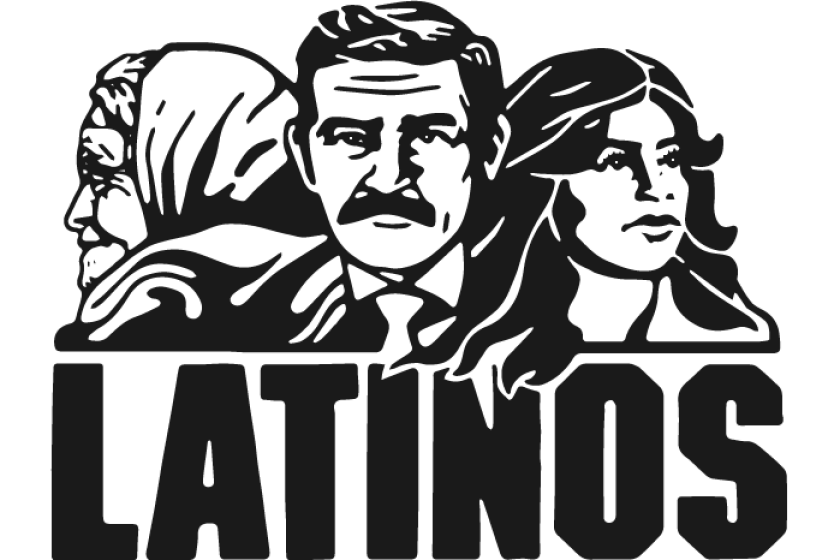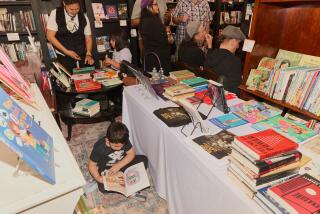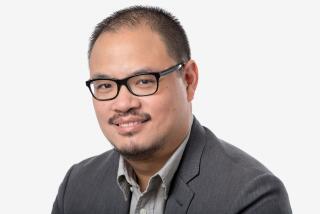Securing The Times’ Pulitzer-winning Latino series for future generations

Before I started the project to digitize the Los Angeles Times’ Latino Pulitzer series, I hadn’t had a chance to read it, but of course I’d heard of it. I’d even read the article from Frank O. Sotomayor, a project participant, in which many of the reporters recounted the process of making it happen, and how it was considered “a long shot.” When I realized the articles were not in our digital archive, I volunteered to make that happen, because I thought it was important for future readers to be able to access it.
We didn’t even have readily available print copies of the project. Many of the photos were lost. But just like the project itself when it was first conceived, my colleagues Christian Orozco, Fidel Martinez and I continued our search for the original material to present the work as close to its initial form as possible.
Of course, that means even keeping some of the material that is dated, such as the terms “illegals” or “illegal immigrants” and “blacks,” but we felt it was important to preserve what was printed and to be able to draw from the 1983 project what continues to be relevant today.
I learned a lot by reading these stories. Some observations proved to be on point. In “Boyle Heights: Problems, Pride and Promise,” Louis Sahagun, who is now an environment reporter for The Times, wrote: “Whether Boyle Heights can survive as it is today — gateway for new arrivals and haven for much of the city’s less affluent Latino population — is an open question in the minds of some community leaders. They wonder whether the community’s proximity to downtown will someday make it appealing to upscale developers, leading to displacement of most of the people who now call Boyle Heights home.”
As recent articles have shown, gentrification in Boyle Heights is happening now. High rents have displaced mariachi musicians in the area, for example. There’s even a TV show about it. Some members of the community have fought against it, to mixed results.
I also learned about Latinas such as Julia Luna Mount, who was a founder of the Los Angeles County union. Mount was a former typist clerk for the Department of Mental Health and I was surprised to learn she was one of the union’s founders.
This archive work is a snapshot of Latinos in the 1980s in Southern California. And I am glad to be able to bring it to the digital age, to remember the work of former and current Latino reporters at the Los Angeles Times, to be inspired and to learn from them.
We can draw direct links from then and now. For example, on education, disparities continue.
Some of the debates still occur today, including, for example, how we label each other. The term Hispanic is still used by two-thirds of Latinos of Hispanic descent, according to a Pew poll, despite a push to use the most recent form of Latino, Latinx, which is a way to represent all Latinos, including those who do not identify as male or female.
Personally, I have never liked the term Hispanic because it seems to highlight only our Spanish ancestry and ignores our indigenous ancestry. I also came to learn through this series that the term was actually created by the government in the 1970s.
In the summer of 1983, The Times published a series on Southern California’s Latino community.
I was born in Mexico so it is easy for me to identify as Mexican. When I moved here and went to college, I met more people from El Salvador, Guatemala and other Latin American countries for whom I felt an affinity, and I embraced the Latino/Latina terms and even the Chicano term. The Chicano movement clearly started as a Mexican American movement, but at least for me and my friends, it came to mean all of those who were politically and socially conscious of their Latino/Hispanic descent, whether we were Mexican or not. We embraced “Viva la raza” as a unifying way to believe in our efforts to pursue higher education and improve our communities. The “raza” term carries with it long-standing controversies, but for me it was never meant to represent a “superior race,” but rather a race of people united. There are arguments for and against the term.
Besides identity, there is one thing that I think unites us all. What resonates in many of these stories is the strong bond we have with our families. It is through our people that we carry on, through our ancestors that we learn our resiliency. Through this work I can carry with me the memory of my grandfather, who died earlier this year in Mexico, but did not get a proper sendoff because of COVID-19. His official cause of death was bronchitis, but we still couldn’t have a funeral and grieve together. I am enriched by these stories and writing these words are my way of remembering where I come from and where I am today. Of looking back as well as looking forward.
I hope that future generations can look at this archive work as I have and learn from what past reporters and editors have done to document the Latino experience.
More to Read
Sign up for Essential California
The most important California stories and recommendations in your inbox every morning.
You may occasionally receive promotional content from the Los Angeles Times.












